Wild Bird Watching (Birder)
Panda habitats and neighboring areas are among the most fascinating birding destinations in China accommodating some of the rarest birds in this country including huge number of pheasants, laughingthrushes, parrotbills, warblers, raptors, redstarts and flycatchers. According to the information we have gather from our past trips, there are about 800-900 bird species distributed in panda habitats and neighboring areas.
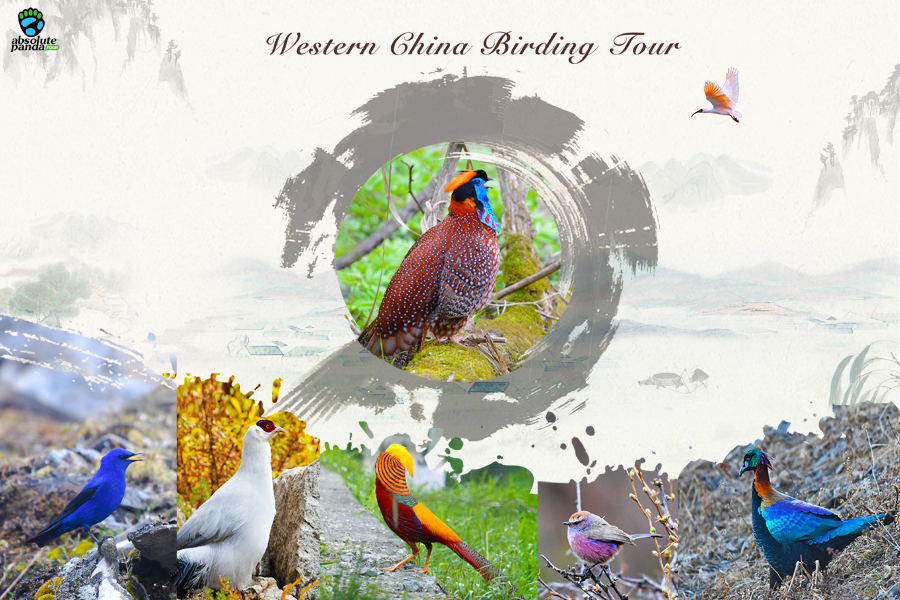
What make AbsolutePanda excellent?
1. Full-time bird experts. AbsolutePanda has a team of full-time bird experts who graduated from universities with a bachelor or master degree of Ornithology. If you have interests in birds, they are going to bring you lots of exciting moments of viewing amazing endemic birds.
2. Operation experience. AbsolutePanda is a local agent with many years of running high-end travel business with strong logistic supports.
3. Small group size. An appropriate size of group with no more than 8 people guarantees the travel experience of each individual.

We Guarantee Your Trip Quality.
1. Provide Western breakfast wherever it is possible and necessary.
2. Work our best to maximize your Bird list.
3. Swaroviski spotting scope and some high end binoculars to help you enjoy the beauty of the birds.
4. Treasure the trust you have on us.
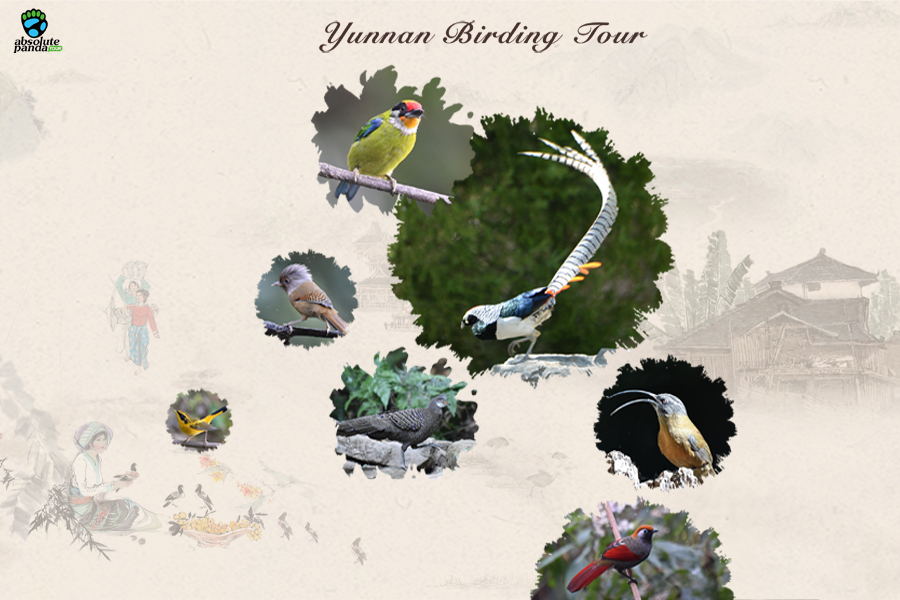
Please note that the birding program in our normal trips is only one part of our comprehensive travel plan to show you the wonderful resources in Panda habitats and neighboring areas. Unless it is a private trip in which you request one of our professional bird guides to travel with you in your own way, our birding program in normal trips is only intended to make your trip more memorable and enjoyable by showing the birds you encounter during your trip. The focus will not be the number of birds you have seen in a certain trip but on appreciation of the beautiful avian world.
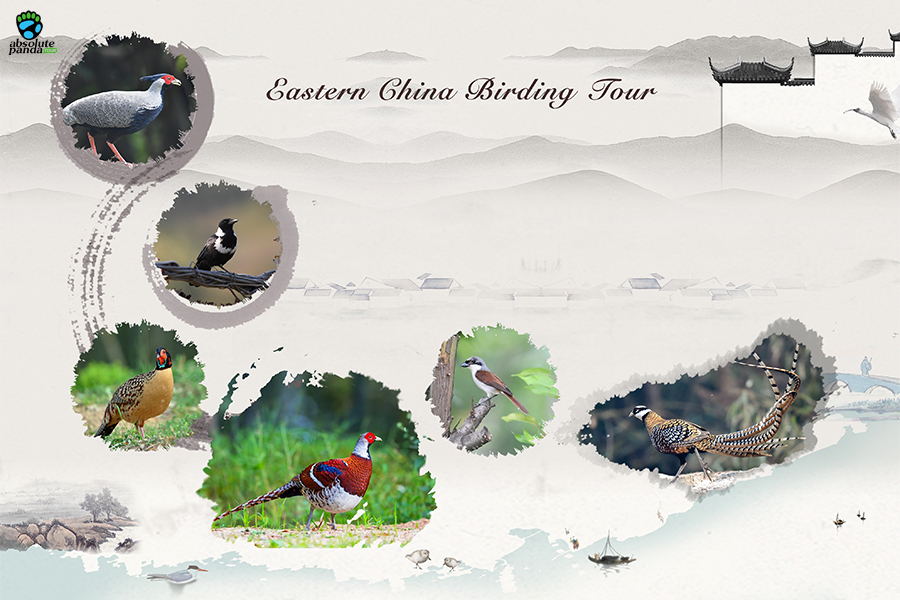
Wild Flower Watching (Plant Hunter)
China has some of the most abundant plant life in the world. There are more than 32,000 species of higher plants, and almost all the major plants that grow in the northern hemisphere's frigid, temperate and tropical zones are represented in China. Geologically, China is divided into three nature regions, namely East China Monsoon Region, Northwest China Arid Region and Qinghai-Tibet Cold Region.
The East China Monsoon Region takes up 45% of China's territory but supports 95% of China's total population. In this area, almost all the arable land has been cultivated and most primeval forests have disappeared. The botanical resources in this region are low-elevation plants. Northwest China Arid Region takes up about 30% of China's territory. Both the ocean-air and summer monsoon can hardly reach this region. So this region features dry weather conditions and desert vegetation with few forests or oases. With an average elevation above 4,000 meters, Qinghai-Tibet Cold Region accounts for one-quarter of China's total territory and features numerous snow-covered mountains and vast plateaus.
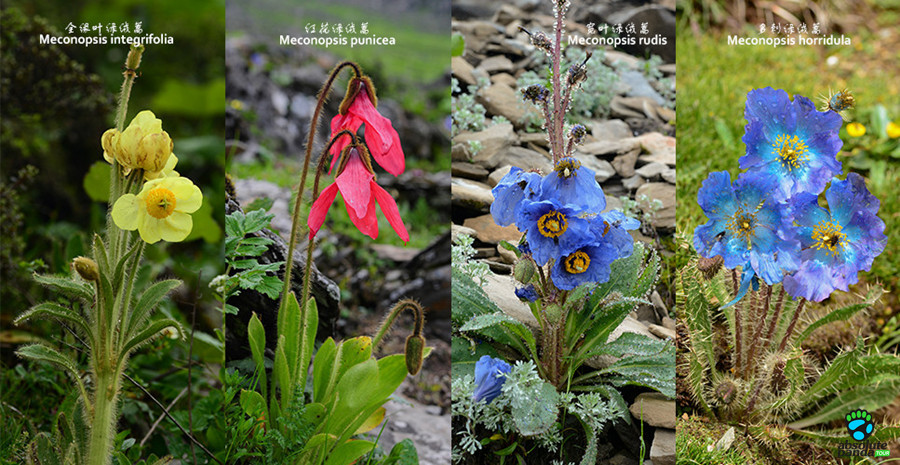
绿绒蒿 Meconopsis
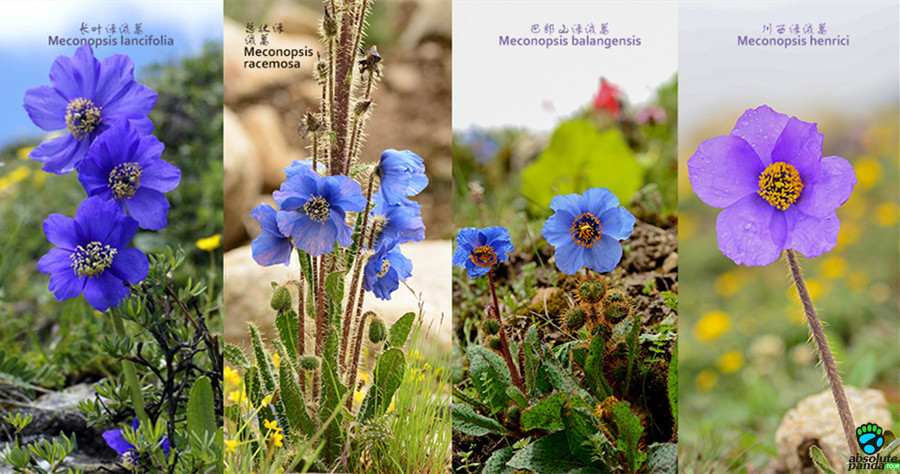
绿绒蒿 Meconopsis in Panda Habitats
Panda Habitats and Nearby Provinces cover all the three regions and have most of the botanical resources in China. In particular, the Hengduan Mountain has been identified by Conservation International as one of the world's top ten hot spots for biodiversity. Sitting at the transitional area between low elevation areas and the Qinghai Tibetan Plateau, the Hengduan Mountain has the most abundant botanical resources in China.
China Flower Watching Tours
 info@absolutepanda.com
info@absolutepanda.com






